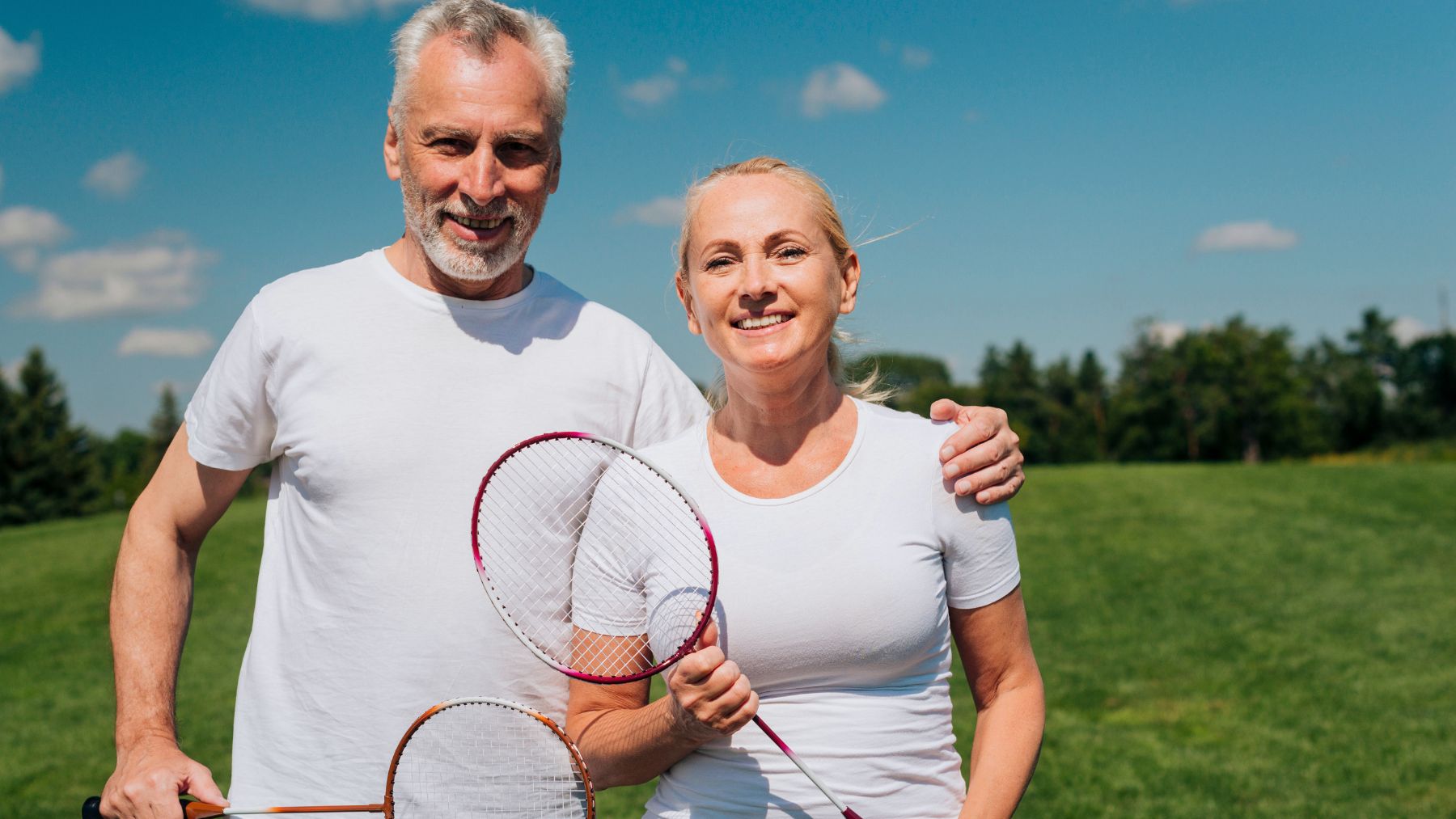If walking isn’t enough and running feels too daunting, there’s another option worth considering. It challenges your body, sharpens your mind, and doesn’t require extreme speed or stamina. It also works for people well into their 70s and beyond.
We’re talking about good old tennis. It’s low-impact when played smart, adaptable to your level, and effective at keeping your body mobile, your joints flexible, and your strength up in your retirement years. Let’s break down why tennis works so well for retirees and what to keep in mind if you’re thinking of picking up a racket.
Tennis: the low-impact sport retirees can practice to stay strong
Tennis combines movement, coordination, and focus without requiring long-distance endurance or intense bursts of speed. Played weekly, it improves flexibility, strength, and balance while giving your cardiovascular system a steady workout. That combination helps prevent falls, preserves independence, and keeps your body responsive and strong.
It also helps with joint health as it encourages a wide range of motion, especially in the shoulders, hips, and legs. It’s a good way to stay limber without stressing the joints, especially on softer surfaces like clay. The rotational movements involved also promote spinal mobility, which tends to decline with age.
Muscle tone is another reason this sport stands out for seniors. Every swing, serve, and shuffle activates both the upper and lower body. Over time, that helps maintain lean muscle mass and supports posture. The quick steps and position changes build stability and agility, which translate to daily tasks like walking up stairs or catching your balance.
In addition, the sport keeps your brain engaged through strategy, timing, and quick decision-making. That kind of mental stimulation can improve reaction time and support long-term cognitive health. And then there’s the social piece. Whether you’re playing singles or doubles, it offers a reason to get out, connect, and build relationships.
What to keep in mind before getting started with tennis
Like any physical activity, tennis comes with considerations, especially for older adults or those with heart conditions. But with a few adjustments, it can be a safe and rewarding weekly habit.
- Start with doubles: Doubles are less physically demanding than singles. You’ll cover less ground and get more rest between points, making it ideal if you’re returning after a break or managing health issues.
- Play on clay if possible: Clay courts are softer on the joints and tend to encourage longer, slower rallies. That makes them ideal for retirees who want to avoid jarring impacts.
- Use proper footwear: Wearing the right shoes for the court surface can help prevent slips and protect your knees and ankles. Avoid generic sneakers.
- Warm up and cool down: A few minutes of gentle stretching before and after play can prevent stiffness and reduce the risk of injury.
- Stay hydrated and avoid peak heat: Play in the morning or late afternoon, and take breaks to drink water, even if you don’t feel thirsty.
- Talk to your doctor: If you have a heart condition, joint issues, or haven’t been active for a while, check in with your physician before starting.
When approached with care, tennis offers a mix of movement, focus, and fun that keeps your body engaged and your mind sharp. For retirees over 65, playing once or twice a week may be one of the most effective ways to stay flexible, strong, and connected.

